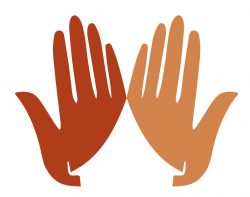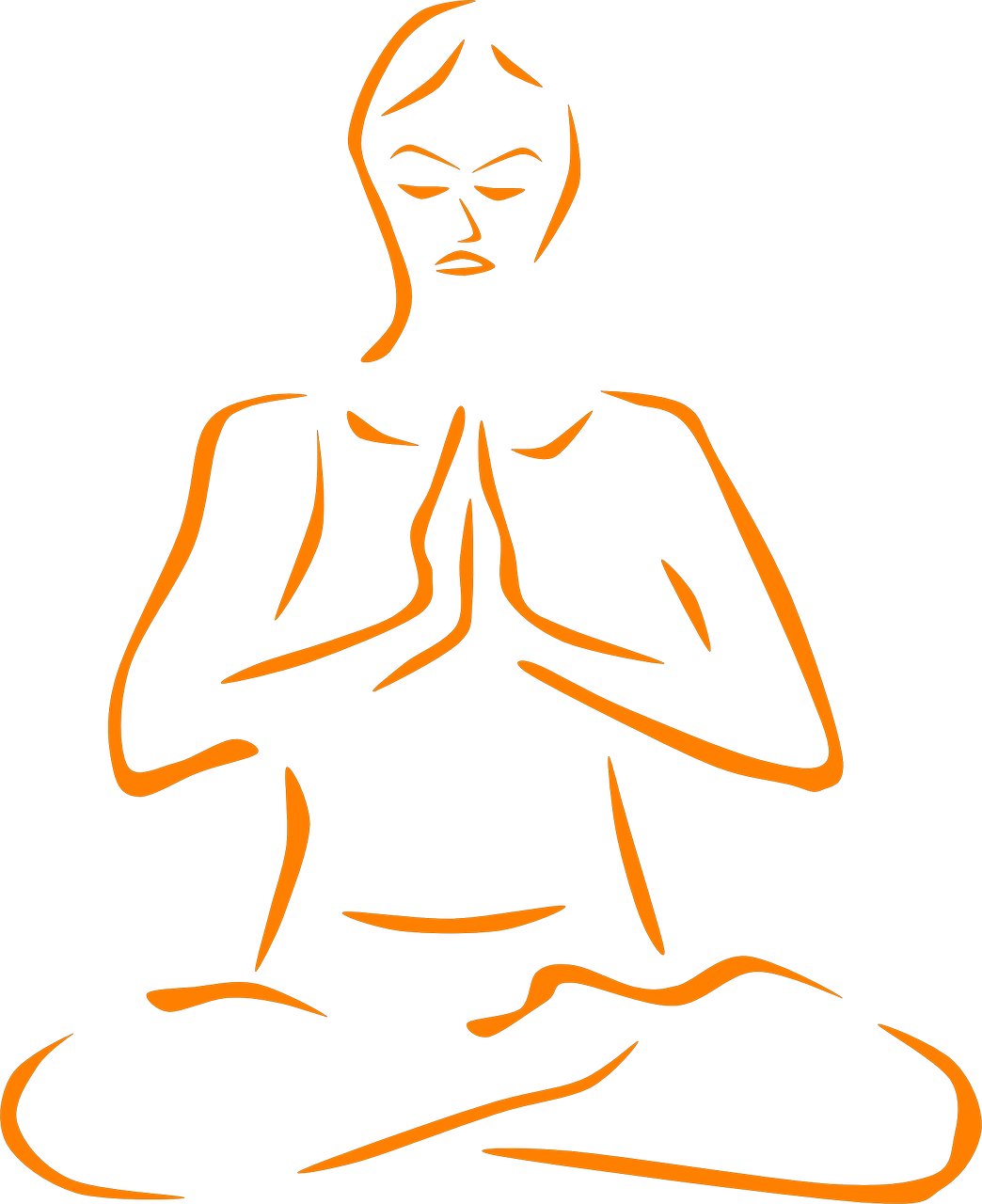Fundamental Buddhist meditation.
Read the text below or listen to the audio here. Note that, for the meditation itself, I don’t talk all the way through the meditation. I am suggesting that you work through the body in your own order, at your own pace. Feeling everything. I sound the gong every 5 minutes just as a gentle reminder to keep you present. Enjoy.
I’m sure you will have noticed that we start each meditation with the body scan. It helps us to settle in to our postures and arrive in the moment. However, the body scan, itself can be a very effective meditation and personally I have made some of my most effective progress using it.
It can teach us a great deal.
Change is everything. Nothing is fixed. Movement is constant. This is a fact. The objects in this room around us are all moving to a new state. Changing. Some of the objects it is obvious. The flowers in the vase for example. But even the glass in the windows are not static. If we sit here long enough, (many years), we will see ripples in the glass. That glass is actually a liquid and it gently, slowly, runs downward.
This planet, we are sat on, is constantly changing. We humans run around on its surface and try to keep things the same. To resist change. But we have very little control over this in reality. Clearly, when we talk about the planet, we are looking at this concept in a very large extent. But we experience the desire to resist change, to keep things fixed, minute by minute every day. This causes us suffering.
Study the Tao Te Ching – Loazi, it is full of wisdom and it has, as one, of its central themes, the concept of constant change.
The body scan allows us to explore this concept in a very deep way. When we tune in deeply in our bodies we can discovery the whole universe in there
In meditation, we understand that to really make progress, we must move beyond/let go of the hindrances. These are the main blocks to meditation. They are Desire for sense pleasures Aversion and Ill will Sloth, torpor, dullness, boredom Restlessness and worry Doubt or stubborn skepticism
The body scan can be used to help us with all of these obstacles.
In handling the hindrances, the Buddha advised us to take the hindrance through 5 steps
1 recognise the presence of the hindrance.
2 noticing when a hindrance is absent
3 learning what causes the hindrance to arise
4 understand what can cause the hindrance to cease
5 investigate how to avoid the hindrance re-arising
Each and everyone of us will have one or two hindrances that are primarily arising in our meditation. Provided we can stay present and mindful, we can follow through these 5 steps.
Let’s take an example, restlessness and worry. For me, this has been a constant working area for my meditation. It arises in me in the form of planning. I tend to do this. When a worry arises, it straight away start to plan my way around it. To do the typical “bloke” thing of trying to fix it. By working on the body scan, we notice deeply how worry affects the body. We notice the quickening of the heart, the effect on the breath, we feel the increase in energy in the body. When we feel this, we understand the deep correlation between the mind and the body. In this way, we focus on the body again. Quite naturally, this distracts our mind away from the worry itself and we begin to notice the body settle and become still again. As we become settled and still, we see that this is due to the absence of the worrying thought. Of course, this tends to work in cycles. The moment we notice that the body has settled and we notice that it is due to the absence of the worrying though, the thought re-appears! But this teaches us a great deal in itself. Because we really start to see how the worry, the hindrance, is affecting us. So we may well have to go around this cycle a number of times. Gradually, we learn to notice the very subtle arising of the hindrance and drive our attention to the body. This, is in Steff, the 5th step. We have taught ourselves how to stop it arising again.
All hindrances are the same and we can use our body scan to work on all of them. For me, this is why the body scan has become a powerful part of my practise. It is excellent for working on the 5 hindrances. But it takes us beyond this. It is a very powerful tool for insight meditation. As we drop into the body, looking deeply we see things. Things that were in front of us all the time, but we hadn’t noticed.
Those of you who practise tai chi with me will know that I am always encouraging an understanding that the mind leads the body. The mind moves first and the body follows. This hasn’t come from my exploration of my tai chi. It is from my meditation. It reveals to us, at a very deep level, that the mind and body are one. In our work on the hindrances, we tune in closer and closer to the correlation between the mental objects that arise in the mind and their affect on the body. The subtle changes we experience.
Nowhere is this apparent more than when we explore our stomach and heart area. Here we have the seat of our emotions. Our emotions are triggered by the mental objects that flow through the mind. We see very clearly how the emotions aren’t the thoughts. These trigger the emotions and then feed and justify them. The emotions themselves are physical sensations that are going on right through the body. It is these we focus on. We don’t even try to label the emotion. We just experience it deeply. Studying the physical feeling. No labelling, just feeling. In this way, even our most negative emotions can become a meditation subject and we can take a deep interest in it. Our meditation helps us to deeply feel our emotions but inhibits the amount of control they have over us.
Meditation utilises two main types of concentration. The single pointed type, focussing on the sensation of the breath, for example, to the exclusion of everything else. Or alternatively, a more expansive concentration where everything is experienced. A bird singing, the honk of a car horn, the pain in your knee, a thought flowing through the mind. The body scan meditation utilises both of these approaches. We hone in on individual sensations in an area of the body but we also have an expansive awareness. Building up a picture of the whole body and even of the space in which it is sitting. This is very important. Previously you will have heard me talk about duality and non duality. In other words, our usual perception of life is that there is a “me” and there is everything outside of me that might cause me harm and gives me a target to blame perhaps for my mis-fortune. This is a position of duality. Non-duality takes that away. Again, this stuff is staring us in the face. What happens out there in the world has a direct affect on our bodies. An experience of the world around us cuts deeply into our very centre. Our heart. Likewise, we reflect the nature of our thoughts on the world around us and perform actions. So there is no true duality. We are inextricably linked to the world around us. The boundary between us and the world is not really there. The more we practise with the body scan, this apparently simple approach to meditation, the more these understandings reveal themselves to us.
Probably the two deepest understandings that comes to us, with regular practise of the body scan are the lack of permanency in us and the letting go of the notion of a “self”. The more we look directly into the nature of our existence and the more we explore that directly, the less we can find about our experience that is permanent. It is worth keeping this in mind when you practise. Go in and look for anything that is permanent about your experience. Can you find anything to grab on to?

